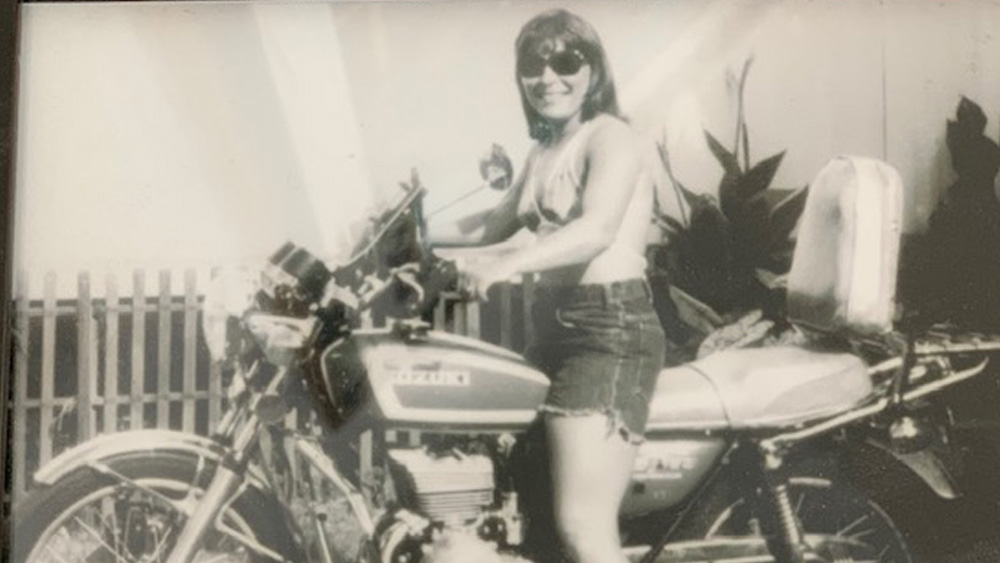
“She was very small — 4-foot-9, 96 pounds — but she was not afraid,” said Duff Hunt of his sister Bonnie Hunt ’77.
These few words give a basic mental image of the late Bonnie Hunt. Equestrian, dog lover, engineer, fill in more of the details. Her brother, Duff, shared how Bonnie’s love of horses, from competitive barrel racing to owning almost 40 of them, played a large role throughout her life.
When she made the decision to pursue her Ph.D. at Texas A&M University, she brought her performing quarter horse and dog with her.
“She was never without a horse or a dog,” Duff said. “When Texas A&M saw her, they embraced her.”
Bonnie attended the Wm Michael Barnes ’64 Department of Industrial and Systems Engineering to pursue human factors research. She worked through school with a work-study grant and teaching stipend.
In May 1977, she graduated as Texas A&M’s first female Ph.D. engineer.
Road to success
Born in the Midwest, Bonnie’s first exposure to Texas was when the family moved there in the 1950s, where she attended junior high and high school. She worked through college, earning a Bachelor of Arts and Master of Science in psychology from Wright State University in Ohio.
Bonnie joined the Air Force Research Laboratory at the Wright-Patterson Air Force Base in Dayton, Ohio, as part of her master’s work. She worked on several projects that Duff said sparked her interest in human factors. One was a circadian rhythm study, where subjects training in Dayton were awakened randomly 24 hours a day and given agility, concentration, math and verbal skills tests.
“They did that for two weeks here, and then they flew the subjects to Germany,” Duff said. “They did the same tasks for two weeks to see how long it took for their bodies to adjust to the time zone change. That was a study that she did, and I think that got her interested in doing her Ph.D.”
After graduating from Texas A&M, Bonnie went to work for the Pomona division of the aerospace company General Dynamics Corporation in California, now part of Lockheed Martin. While there, some projects included man-machine interfaces for tanks and developing suspension seats to decrease the amount of vibration and impact the soldiers were exposed to. Another focus continued the teaching efforts she made at Texas A&M, working in continuing education for all management personnel.
Paying it forward
Bonnie’s family influenced her desire to further her education and strengthened her independence.
“If there was a pony for sale that was misbehaving, our father put us on it,” Duff said. “And if we got bucked off, we got put back on it, so I'm sure that went into a lot of her personality and drive.”
Recognizing the resources that had helped her achieve her goals, Bonnie chose to establish a scholarship to help future students afford school. In 2002, she asked Duff to join her at Texas A&M when she decided to establish the Bonnie Hunt ’77 Scholarship. Bonnie died in 2005, but her legacy lives on in the students who receive the scholarship. Since its establishment, 85 students have received financial support from the fund.
“She was very interested in women being educated in the sciences and engineering,” Duff said. “Overall, she was keen on helping people that are in need to further their education.”